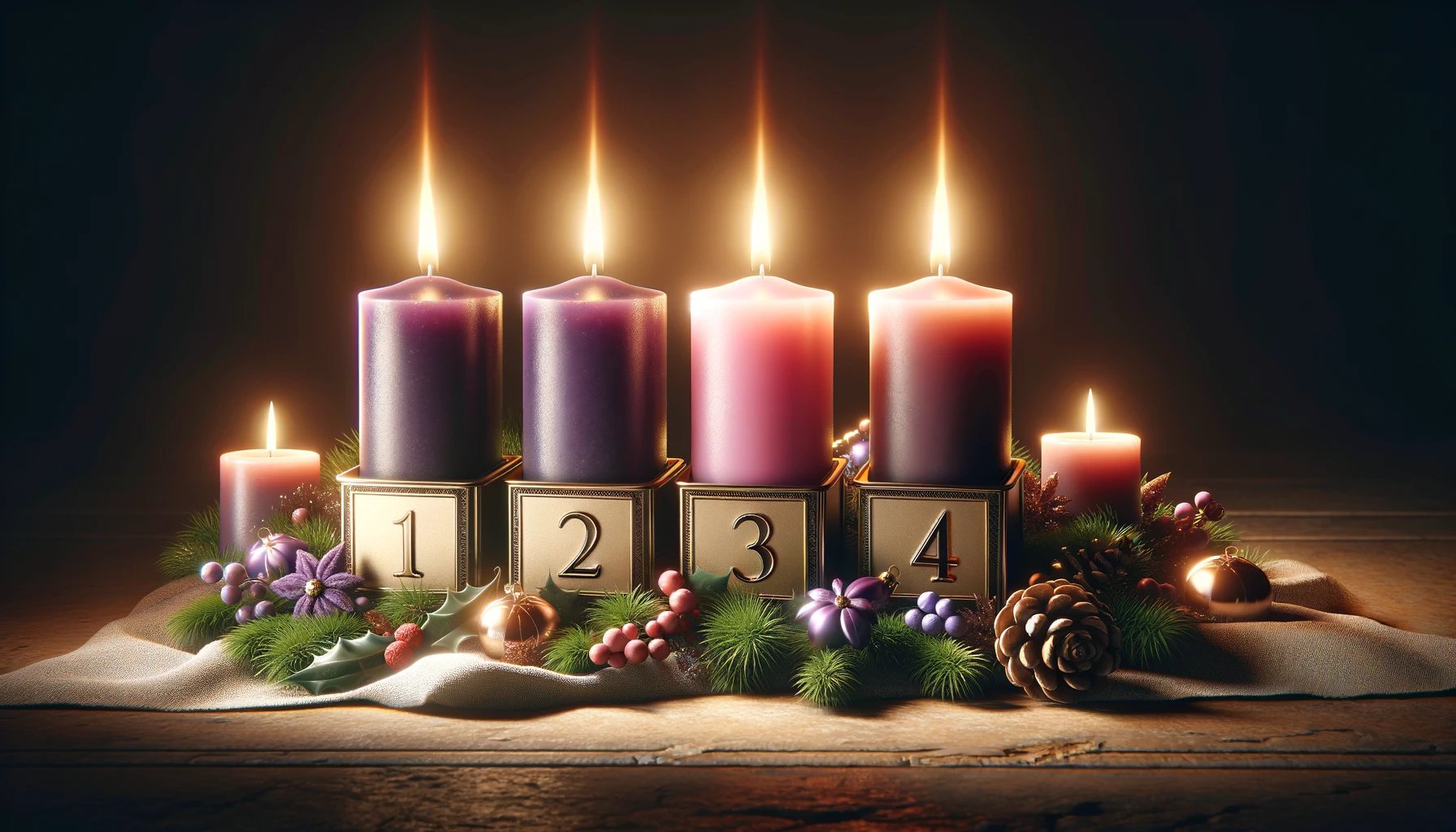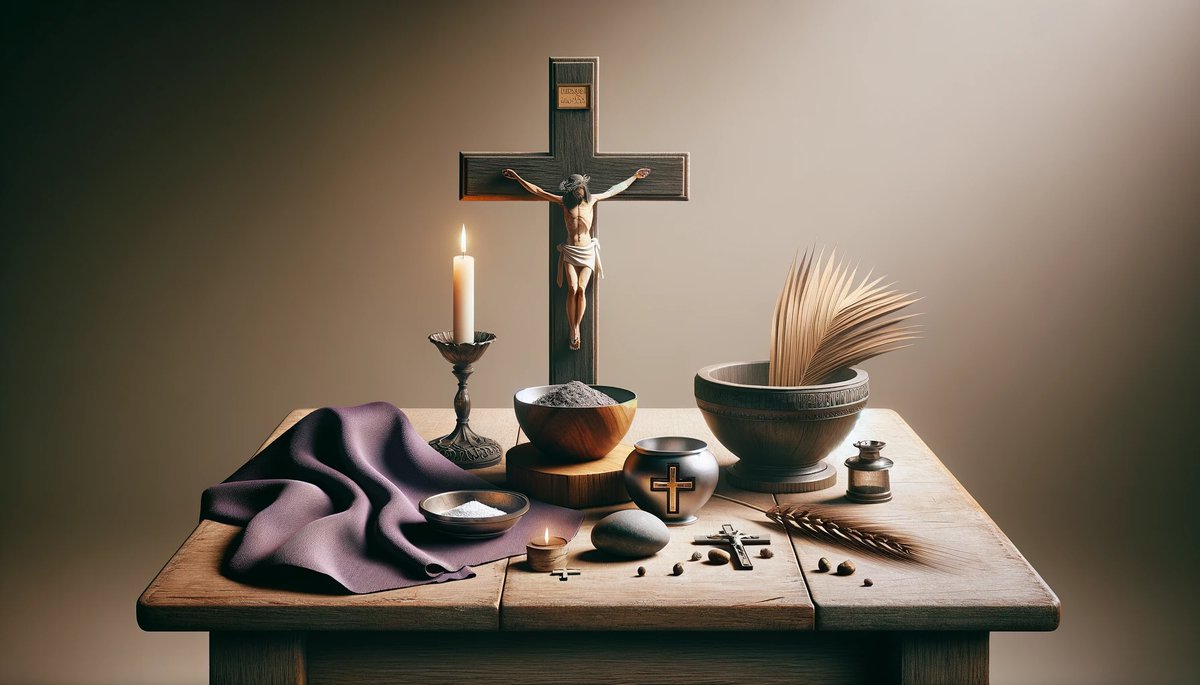Home>Christian Resources>Religious Themes and Symbols in Literature


Christian Resources
Religious Themes and Symbols in Literature
Modified: March 21, 2024
Jason DeRose, Managing Editor at Christian.net, uses his expertise in religion and journalism to deepen understanding of faith's societal impacts. His editorial leadership, coupled with a strong academic background, enriches the platform’s diverse content, earning him recognition in both journalism and religious circles.
Explore how literature uses religious themes and symbols to delve into human nature, morality, and the quest for meaning across cultures and eras.
(Many of the links in this article redirect to a specific reviewed product. Your purchase of these products through affiliate links helps to generate commission for Christian.net, at no extra cost. Learn more)
In the world of literature, religious themes and symbols are like long-lasting threads that run through the tales, adding depth and complexity. These elements reflect cultural and historical contexts and offer profound insights into the human experience.
Religious Symbols as Literary Devices
Religious symbols are potent literary tools, carrying layers of meaning that resonate with readers. These symbols often transcend their original contexts, becoming universal metaphors. For example, the serpent, associated with temptation in Judeo-Christian traditions, appears in William Golding’s “Lord of the Flies” as a metaphor for the inherent evil within human nature. Similarly, Nathaniel Hawthorne’s “The Scarlet Letter” uses the tree to symbolize sin and redemption, showcasing the enduring impact of religious symbols on literary expression.
Religious Themes and Morality
The interplay of religious themes and morality within literature serves as a compelling narrative dynamic, transcending cultural and temporal boundaries. Fyodor Dostoevsky’s “Crime and Punishment” is a good example of such a connection. Readers observe the main character, Raskolnikov, as he wrestles with the serious moral fallout of what he’s done. In this journey, religious symbols become strong signals, adding a feeling of moral importance to the story and emphasizing the tough ethical choices Raskolnikov is dealing with.
Raskolnikov’s internal conflict serves as a microcosm of the broader human struggle with morality, and incorporating religious themes acts as a guiding force. Dostoevsky strategically utilizes symbols such as the cross to heighten the moral gravity of Raskolnikov’s choices, starting the debate about his ethical decisions and the potential for redemption.
Likewise, in Mark Twain’s “The Adventures of Huckleberry Finn,” Huck’s journey becomes a moral adventure. It happens in a place where there are lots of issues with how people treat each other based on race and religion. Twain cleverly intertwines religious themes to underscore the stark disparity between Huck’s innate sense of morality and the flawed moral codes of the society he navigates. Through its exploration of moral relativism, the novel challenges readers to reconsider their own ethical compass, with religious motifs acting as catalysts for introspection.
The marriage of religious themes and morality in these literary works deepens the narrative complexity. It promotes the exploration of fundamental questions about the human experience, urging readers to question the nuances of right and wrong within societal norms and individual convictions.
Character Development and Spiritual Journeys
Religious themes often backdrop characters’ profound spiritual journeys. J.R.R. Tolkien’s “The Lord of the Rings” features Frodo Baggins, whose quest to destroy the One Ring becomes a metaphorical pilgrimage with religious undertones. His burden, comparable to the weight of moral responsibility, echoes the archetypal hero’s journey found in many religious traditions. Tolkien’s devout Catholicism subtly infuses the narrative, with Frodo’s quest mirroring the spiritual struggles and sacrifices inherent in the battle between good and evil.
The Fellowship of the Ring, comprising individuals of diverse races and backgrounds, mirrors the unity often sought in religious narratives. The themes of friendship, sacrifice, and the ultimate triumph of virtue over malevolence resonate with readers spiritually, evoking universal archetypes present in various religious and mythological traditions.
Tolkien’s incorporation of religious themes adds profound depth to Frodo’s character and the overall narrative. The journey becomes a testament to the transformative power of sacrifice and the enduring human spirit, echoing the themes of resurrection and redemption found in religious narratives across cultures.
Religious Diversity in Literature
Literature embraces a spectrum of religious traditions, reflecting the diverse human experience. In Salman Rushdie’s “Midnight’s Children,” the protagonist, Saleem Sinai, grapples with his identity against India’s religious and political upheaval. The novel intertwines Hindu, Muslim, and Christian elements, showcasing how religious diversity enriches the narrative tapestry. To learn more, students can explore platforms like Myassignmenthelp and others to order research papers on this topic.
Existential Exploration through Religious Motifs
Authors employ religious motifs to explore profound existential questions. In Albert Camus’s “The Stranger,” the protagonist, Meursault, navigates a world devoid of religious meaning, symbolizing the existentialist struggle for purpose. The absence of religious comfort underscores the novel’s exploration of the human condition in a seemingly indifferent universe.
Read more: What Are The Themes Of The Four Gospels
Cultural Reflections in Religious Imagery
Religious symbols also serve as mirrors reflecting cultural nuances. In Isabel Allende’s “The House of the Spirits,” the blending of Catholicism with indigenous spirituality mirrors the cultural amalgamation in Latin America. The novel’s rich tapestry of religious imagery underscores the complexity of identity and belief systems. You can look at Myassignmenthelp for further explanation. However, be sure to read myassignmenthelp.com review before you order.
Interplay of Religion and Politics
Literature often explores the interplay between religion and politics, reflecting the real-world complexities of power and faith. George Orwell’s “Animal Farm” satirizes the Russian Revolution, using the pigs’ manipulation of religious motifs to illustrate the corruption of political ideals. Orwell’s allegory is a cautionary tale about the abuse of power, irrespective of its religious or political guise.
Bottom Line
Religious themes and symbols in literature offer readers a profound exploration of the human experience. Whether as metaphors, allegories, or reflections of religious traditions, these elements contribute to the richness and complexity of literary works. As readers engage with these narratives, they are invited to ponder questions of morality, identity, and purpose outlined by the religious themes in literature.














